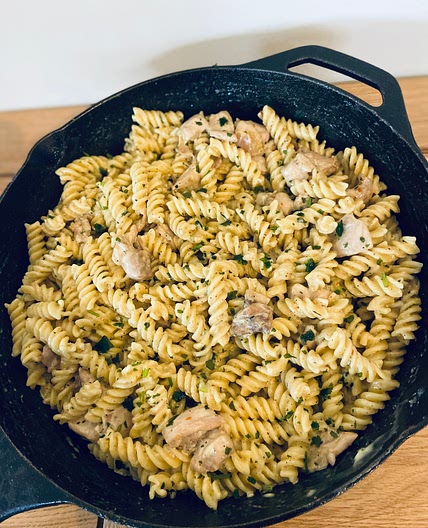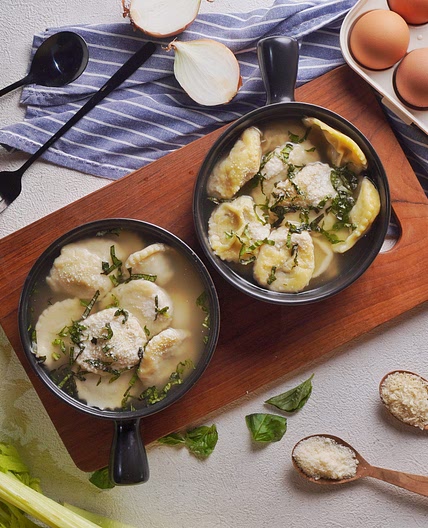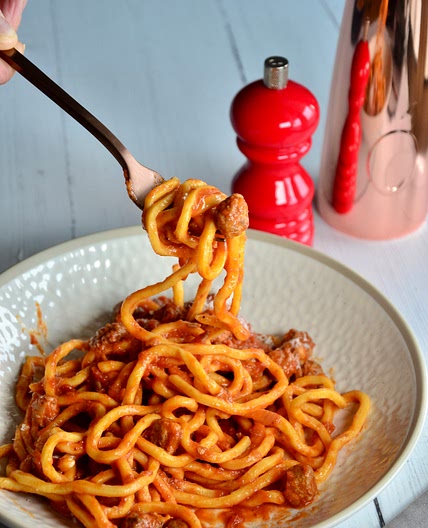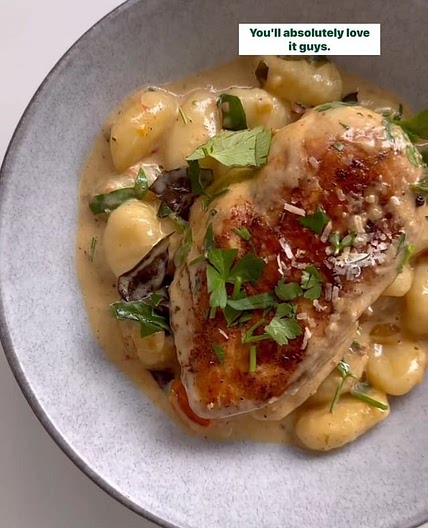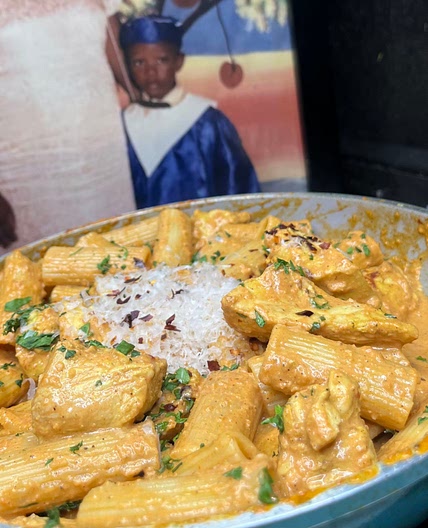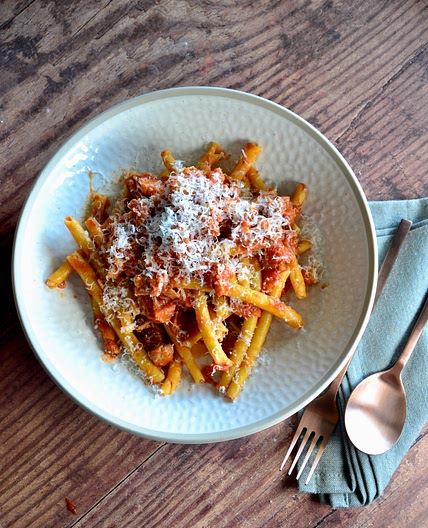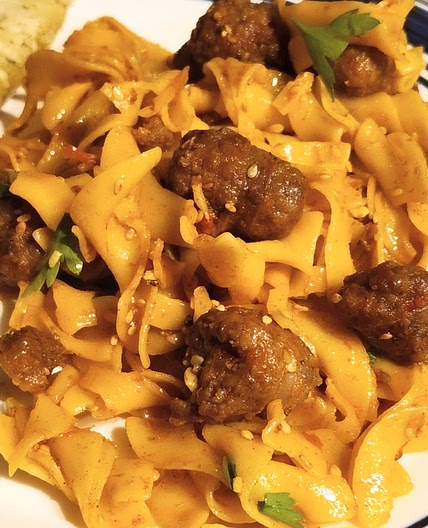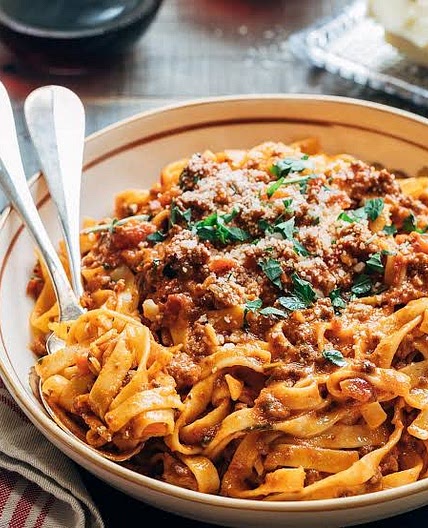
1/2

2/2
100%
1
Nutrition balance score
Uh-oh! We're unable to calculate nutrition for this recipe because some ingredients aren't recognized.
Ingredients
0 servings
1 cupextra-virgin olive oil
1 poundbeef chuck
coarsely ground
1 poundpork shoulder
coarsely ground
2yellow onions
medium, minced
1carrot
large, minced
2celery stalks
large, minced
1 ½ cupsdry red wine
2 cupsChicken Stock
or Beef, or water
2 cupswhole milk
2bay leaves
1 striplemon zest
1- by 3-inch, 3- by- 7 centimeter
1 striporange zest
1- by 3-inch, 3- by- 7 centimeter
0.5 inchcinnamon stick
piece
5 tablespoonstomato paste
parmesan rind
whole nutmeg
salt
freshly ground black pepper
4 portionsPasta all’Uovo
or 1 pound dried pasta
4 tablespoonsunsalted butter
grated parmesan
freshly
Instructions
Step 1
Makes about 7 cups
Step 2
To Serve
Step 3
Set a large Dutch oven or similar pot over high heat and add enough olive oil to coat the bottom. Crumble the beef into the pot in walnut-size pieces. Cook, stirring and breaking up the meat with a slotted spoon until it sizzles and turns golden brown, 6 to 7 minutes. Do not season the meat yet—salt will draw out water and delay browning. Use the slotted spoon to transfer the meat to a large bowl, leaving the rendered fat in the pot. Brown the pork in the same way.
Step 4
Add the onions, carrots, and celery—the soffritto—to the same pot and cook over medium-high heat. The amount of fat should be sufficient to nearly cover the soffritto, so add more olive oil as needed, at least another 3⁄4 cup (150 grams). Cook, stirring regularly, until the vegetables are tender and the soffritto is a deep brown, 25 to 30 minutes. (You can cook the soffritto in olive oil a day or two in advance, if you like, to break up the time-intensive steps in the recipe. Soffritto also freezes well for up to 2 months!)
Step 5
Return the meat to the pot, increase the heat to high, and add the wine. Scrape the bottom of the pot with a wooden spoon to release any browned bits into the sauce.
Step 6
Add stock or water, milk, the bay leaves, zests, cinnamon, tomato paste, and Parmesan rind, if using. Add 10 zips of fresh nutmeg by grating it on a nutmeg grinder or other fine grater. Season with salt and freshly ground pepper to taste. Bring to a boil, then reduce to a simmer.
Step 7
Let the sauce continue to simmer, stirring occasionally. Once the milk breaks down and the sauce starts to look appetizing, between 30 to 40 minutes, start tasting the mixture and adjusting salt, acid, sweetness, richness, and body. If it needs some acid, add a secret splash of wine. If it seems bland, add tomato paste to bring it to life and lend sweetness. If it needs to be richer, add a little milk. If the ragù seems thin, add a gener- ous splash of stock. It’ll reduce as it simmers, leaving behind its gelatin to help thicken the sauce.
Step 8
Simmer over the lowest possible heat, skimming off the fat from time to time and stirring often, until the meat is tender and the flavors have melded, about 11⁄2 to 2 hours. When you are satisfied that the ragù is done, use a spoon or ladle to skim off the fat that has risen to the surface and remove the Parmesan rinds, bay leaves, citrus peels, and cinnamon. Taste and adjust the salt and pepper again.
Step 9
To serve Bring a large pot filled with at least 5 quarts of water to a rolling boil. Season generously with salt until it tastes like the summer sea. Don’t worry too much about how much salt it takes to season the water properly Most of it will go down the drain. You just need to create a salty cooking environment that will season the pasta in the few minutes it spends in the pot.
Step 10
Add 4 portions fresh pasta or 1 pound dried pasta to water and cook until al dente. While pasta cooks, bring 2 cups ragù to a boil in a large skillet. Add cooked pasta to sauce and toss to coat along with butter and a little pasta cooking water. Serve with ample freshly grated Parmesan.
Step 11
Cover and store remaining ragù in the refrigerator for up to 1 week, or in the freezer for up to 3 months. Return to a boil before using.
